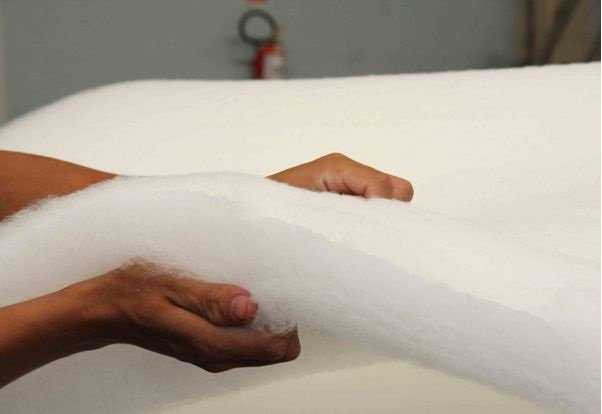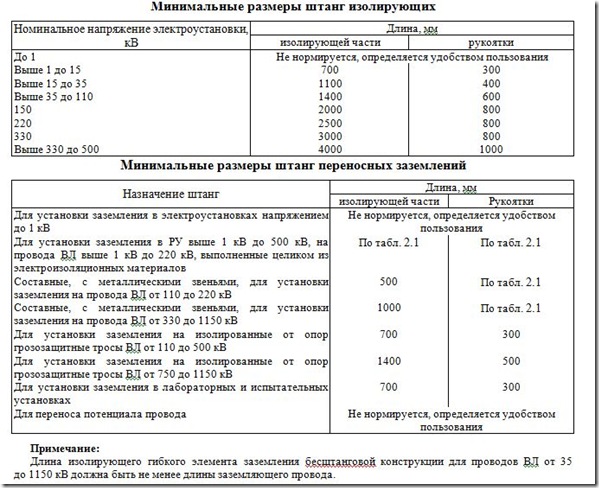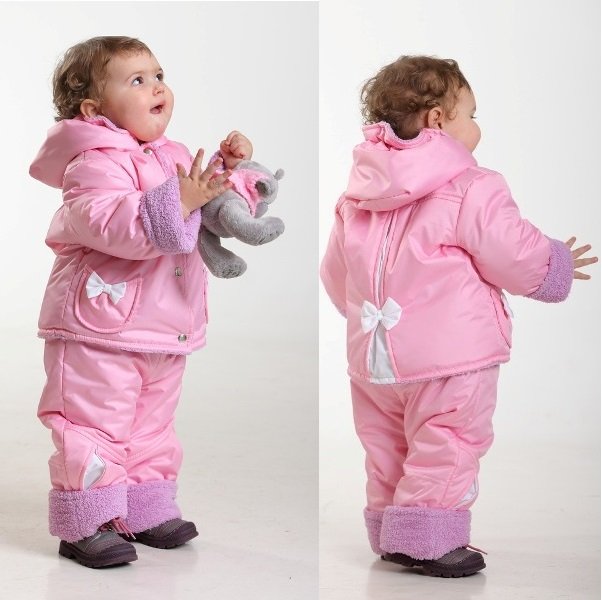Insulation thinsulate: reviews, properties
It has long been considered that the warmest clothes are made from natural materials: down, sheepskin, leather. But they have some disadvantages. Leather and sheepskin quickly get dirty, and they can only be cleaned properly in dry cleaning.
Down clothes are difficult to care for. For example, drying a coat with such a lining is very long and troublesome. In high humidity, rain, it is also not very comfortable. Fluff often gets lost in lumps, as a result of which not only the look, but also the quality of outerwear is lost.
All kinds of animals like mites, for example, mites, which cause allergies, like to start in downy products.
Nowadays, many different synthetic materials have been created, which in their main parameters are trying to replace products made from natural fluff. More than 30 years ago, a material was created that succeeded. It is called Thinsulate filler.
Filler composition
Thinsulate is a heater made of very thin fibers. It has another name - artificial fluff.
In translation "thinsulate" means "thin insulation". It was created by representatives of the American company "3M". It was originally intended for sewing clothing and footwear for astronauts. When creating, thermal bonding technologies were used according to the principle of "heat without excess volume". When creating it, the manufacturers spied on the composition of bird fluff. Each of the fibers is ten times thinner than a human hair. They all have a three-dimensional configuration, therefore they are very elastic. Air layers are contained between these thinnest threads. All of them together create a protective layer that prevents heat from penetrating outside. And because of the elasticity of the fibers, the fabric does not go astray. The principle of creating insulation is that it must contain as much bound air as possible. Since thinsulate fibers are very thin, there is much more air in it than in other fillers. Not allowing heat to pass through, the material makes it possible for moisture to pass through it.
 Clothes made from a fabric called thinsulate are warm and light at the same time. Perhaps a sheepskin sheepskin coat will warm you more, but wearing it on your shoulders is not a great pleasure. And where to freeze now in modern conditions?
Clothes made from a fabric called thinsulate are warm and light at the same time. Perhaps a sheepskin sheepskin coat will warm you more, but wearing it on your shoulders is not a great pleasure. And where to freeze now in modern conditions?
Clothes with thinsulate insulation are well washed, tolerate high humidity. Moreover, it is not as voluminous as a down jacket. This means that these clothes look elegant. The filler does not come out through the fabric like a synthetic winterizer.
Thinsulate microfiber structure. It allows you to keep warm at temperatures down to -60 ° C. If we compare the thermal insulation properties of different materials, similar in purpose, of the same density and thickness, then Thinsulate will have the best ones.
Benefits of Thinsulate
- Easy.
- Capable of heat regulation.
- Keeps warm when wet.
- Not allergic.
- Doesn't hinder movement.
- It tolerates washing well.
- Does not shrink, does not go astray.
- Recovers its shape after squeezing.
- Does not need quilting.
Varieties of thinsulate
- "Platinum Insulation" for the production of casual and sports outerwear.
- "Platinum Insulation Flex" has increased elasticity, which allows the clothes to stretch by 40%.
- "Platinum Insulation X-Static" has antimicrobial and deodorizing properties thanks to the silver threads inside. It is used for the manufacture of clothing and footwear, both ordinary and sports.
- Platinum Insulation FR contains flame retardant fibers. It is used to make work clothes.
- "Platinum Insulation Ultra" is very resistant to frost. Used for the production of winter footwear.
Application of thinsulate
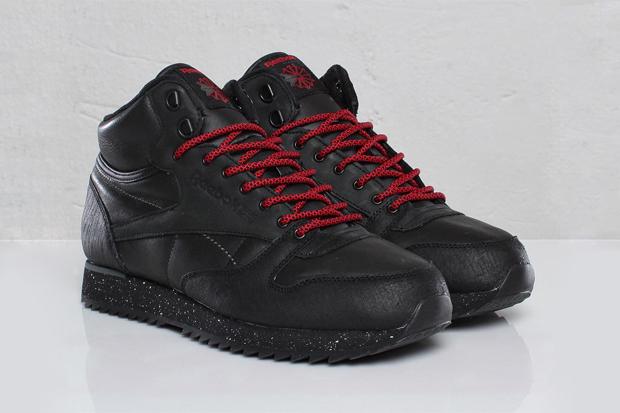
It is applied for:
- everyday winter clothing (jackets, coats, gloves, hats);
- ski suits;
- tourist equipment (sleeping bags, jackets, tents);
- suits for fishing, hunting;
- overalls;
- blankets, pillows;
- automotive industry (insulation and sound insulation).
Thinsulate insulation: how to wash
Caring for Thinsulate products is quite simple. They are washed in a typewriter at a water temperature of up to 40 ° C. Products must not be soaked. Dry them away from heat sources, after straightening them. Do not iron.
Dimensions, price
Thinsulate filler is available in rolls.
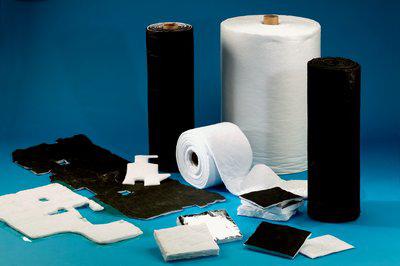
Width - 1.5 meters, thickness - 1.5 centimeters. The price of such material is $ 4 per linear meter for a wholesale purchase. At retail, one running meter costs more than $ 7. You can buy a roll of Thinsulate filler. The price is $ 150.
- Rules for the use of electrical protective equipment when carrying out work in electrical installations
- How to sew fleece mittens
- Protective equipment in electrical installations
- Computer glasses: which is better to choose
- How to wash clothes with Thinsulate insulation
- Training in electrical safety, labor protection, ecology, electrical safety, fire-technical minimum, first aid to victims of the courses
- Protective equipment in electrical installations up to and above 1000 Volts
- What is fleece fabric, where is it used and how to care for it
- Personal protective equipment
- What is this fabric?
- Thinsulate
- Insulation thinsulate: reviews, properties
- Twill (fabric): description, application, photo
- Polyester - what is this fabric
- Thinsulate ™ insulation. History and views
- Computer glasses - is there a benefit or is it a publicity stunt?
- Polyester - what is this fabric?
- Computer glasses ... Is it true that they help?
- Gas masks: types and purpose
- Bologna fabric - features, advantages, disadvantages




